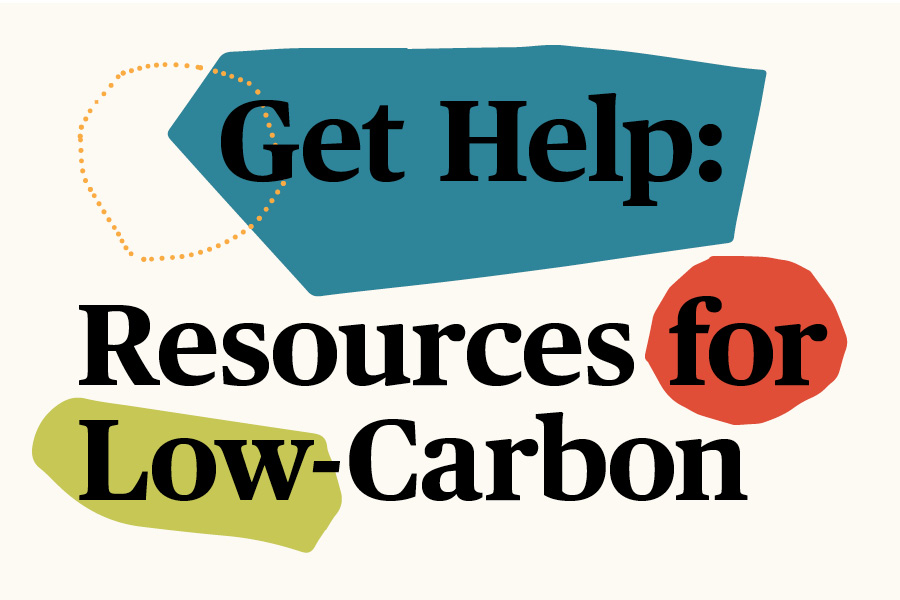
Introduction to the Climate Toolkit
The climate crisis is no longer an abstract phenomenon. With extreme weather events and a pandemic raging around the world in 2021, the crisis is hitting closer home than ever before.
What’s more, environmental degradation is hitting vulnerable and disadvantaged communities harder—African-Americans, for example, are 75 percent more likely than others to live near facilities that produce hazardous waste.
The climate crisis is a health issue and an equity issue, and there’s only one way to fight it—lowering the amount of greenhouse gases we put in the atmosphere.
Interior designers have a special role to play in that fight.
The building industry is responsible for about 39 percent of the world’s carbon emissions. By 2050, about half of those will be embodied carbon emissions, i.e., the carbon we burn to make all the stuff that goes into buildings.
By 2050, the interior design industry will have influence over almost one-tenth of the world’s carbon emissions.
Every time an interior is renovated, that means more emissions. Over the life of a building, this can add up significantly—interior renovations might end up representing half of the building’s total embodied carbon emissions over its lifetime.
This also means interior designers have great power to make a positive impact
Firstly, because interiors are renovated frequently, interior designers have a continuous opportunity to improve their work. Secondly, the products that designers specify can be more carbon efficient while also keeping people healthy and well. Interior designers have a special opportunity to continuously improve outcomes for both people and the planet!
So, how can we take advantage of this opportunity? How can everyone in the interior design industry make the right decisions to help avert climate catastrophe? This toolkit provides a starting point.
Industry experts in design, construction, and manufacturing participated in a 3-month-long Hackathon with Metropolis to identify where we can make the biggest difference with interior design. They helped define 20 key strategies where the industry can improve and evolve. Each strategy contains multiple suggestions and guidelines, with links to tools, resources, and further reading.
If you are starting your journey and need some quick pointers, dive into the Cheat Sheet and the Get Help sections.
Clients have the biggest influence on the scope and direction of interior design projects, so the Work with Clients section will help you make the business case for low-carbon interiors.
To create truly low-carbon interiors, most firms will have to adopt new practices, routines, and checkpoints. Change Your Practice offers some guidance on that.
For firms that have clients on board and have put support systems in place, it might be time to focus on carbon as you Tackle Your Next Project. However, the section has plenty of strategies that firms that are just starting their sustainability journey might find useful as well.
This Climate Toolkit for Interior Design is a living resource because decarbonization, i.e. the process of lowering carbon emissions, is still uncharted territory for many interior designers. The Wishlist captures some ideas for entrepreneurs in the industry to take on—these are areas ripe for breakthroughs!
The toolkit will be updated as new information becomes available. As you use it and implement its suggestions in your work, we welcome your comments and inputs to keep it as relevant as possible for the industry. Send us your feedback: [email protected]
Together, we can make a global impact and contribute to the safety and wellbeing of generations to come!
If you have feedback on the Climate Toolkit for Interior Design, write to: [email protected]




